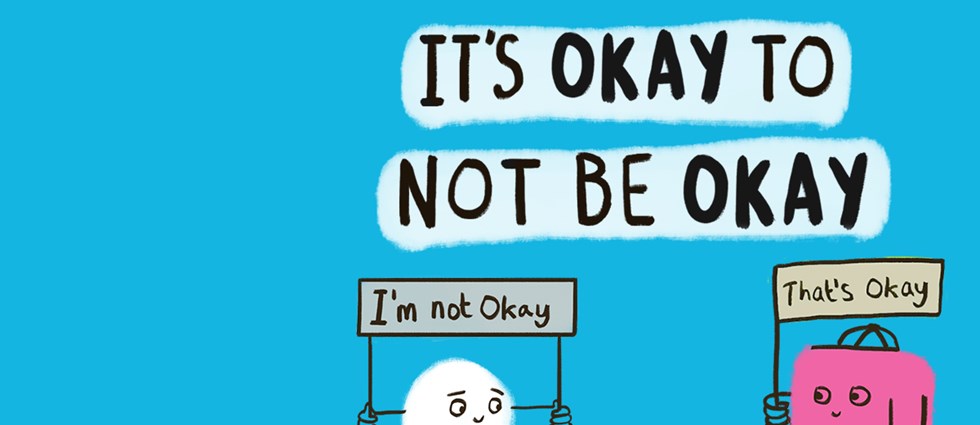Mental health is an integral part of ones health and it is more than just the absence of mental illnesses.
It refers to the entire mental well-being of an individual, prevention of mental disorders, and treatment and rehabilitation of people affected by mental disorders.
Mental disorders can be divided into two broad groups. The first group including severe mental disorders, such as schizophrenia and bipolar disorder among others. The second group including common mental disorders (CMD) such as depression and anxiety among others. Across time, history, cultures and countries, the percentage of prevalence of severe mental disorders do not differ too much. This is because these are predominantly genetically caused. But the percentage prevalence of CMD will vary depending on the psychological atmosphere. Broken homes, professional and relationship-related stress are some of the factors that contribute to rise in the prevalence of CMD.
According to a report by the World Health Organization, India is facing a serious mental health crisis, with an estimated 56 million people suffering from depression and 38 million from anxiety disorders. Mental distress is believed to be a key reason why one student commits suicide every hour in the country. Moreover, it is a matter of concern that it is more common among women than men, and that they are less likely to seek help or avail treatment for it. This is primarily because those suffering from depression find it difficult to come forward and accept it, and those around them fail to recognize it.
Indian psychologists and psychiatrists believe that most of the Indian population is in denial, and the need for counselling and therapy is looked upon as a sign of weakness. They say that it is this fear that causes more than 50% of the cases to go unreported and untreated. The situation in rural areas is the worst where schizophrenia and bipolar disorders are often believed to be the cases of possession by evil spirits. In almost 90% of severe mental disorders, the first approach is a faith healer.
Along with this, there is also a dearth of mental health practitioners in India. For every four lakh Indians, there is only one psychiatrist. In a country where one student commits suicide every hour, the entire mental health workforce, comprising clinical psychiatrists, psychologists, psychiatric social workers and psychiatric nurses stands at 7,000 while the actual requirement is 54,750.
Today, stress plagues each one of us. Whether it’s a student worrying over not having delivered his best in the exam, or a teenager not as well-off as his other friends, trying hard to combat peer pressure; an intern striving to prove her worth, or a man struggling with inferiority to impress his boss at work. How many of them are willing to talk to a professional about such issues? “What’s the need? It happens to everyone.” “It’s no big deal!” “What will people think about me if I take professional help?” We applaud celebrities for speaking up about their issues, but how many of us appreciate our near and dear ones for trying to talk about what is bothering them?
So, can one say with certainty that stigma surrounding mental health has reduced? Perhaps, yes; but to a very minuscule extent. True, people are not shunning topics related to mental health; conversations are now taking place more in the open. But it is an issue that is still trivialised.
Learning to accept your condition and recognize what you need to do to treat it, seeking support, and helping educate others can make a big difference. It is important to understand that it doesn’t matter where biologically in the body an illness occurs, the effects on the soul are just as detrimental and damaging. So, if you recognize symptoms of any mental illness in yourself or your loved ones, don’t feel ashamed, don’t feel embarrassed or weak. Come forward, talk about it and take the help that you need.

